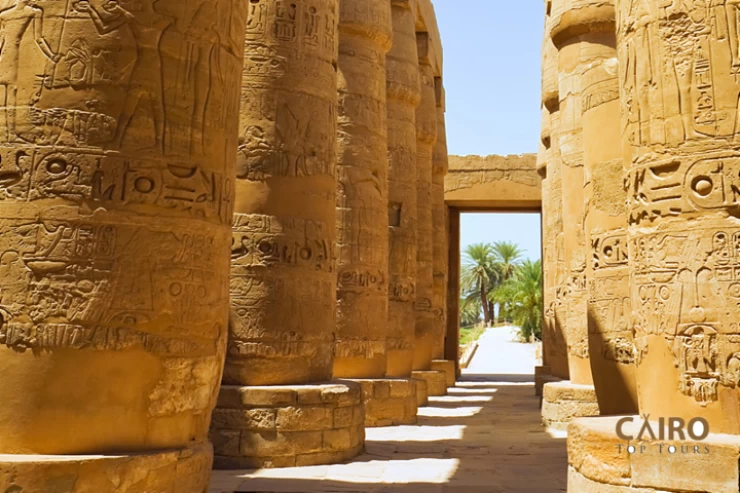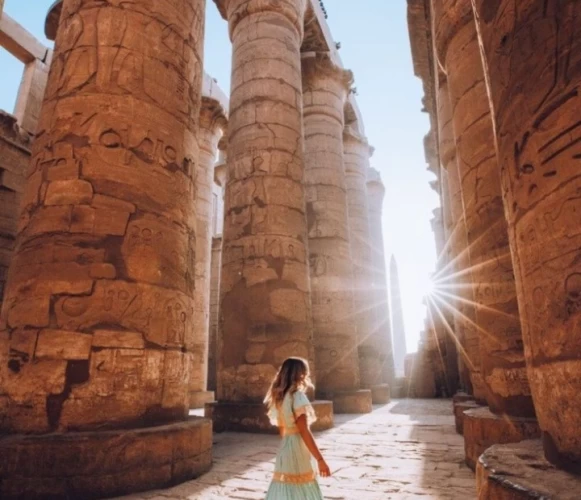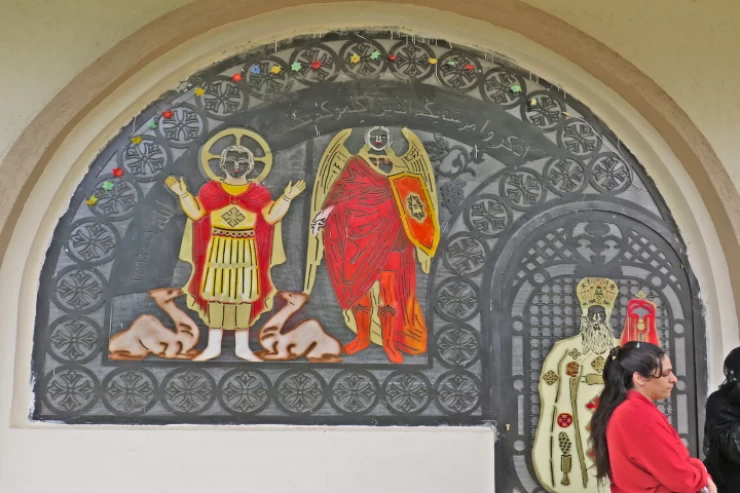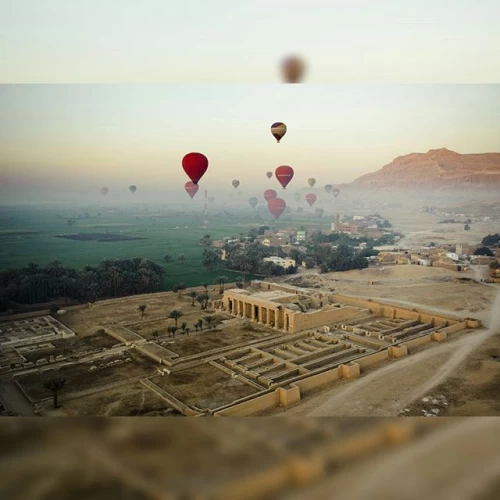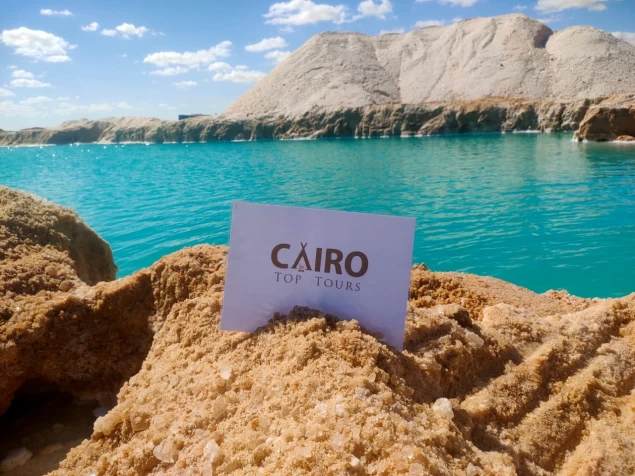
The Valley of the Queens
The Valley of the Queens
The Valley of the Queens is an Egyptian necropolis for queens. It has also been called Ta- Set- Nephiro, which is" the place of the sons of the Pharaoh" or" the place of beauty," and where queens of the 18th, 19th, and 20th Dynasties( 1550- 1070 BC) were interred, and also many tycoons, goddesses, and patricians. The tombs of such individualities were ministered to by preachers who performed daytime funerary rituals and provided orations for the dead patricians.
Valley is located in immediate proximity to the world-famous Valley of the lords, Nile River west bank in Luxor Governorate. Why the burial location was chosen then is not quite certain, but it can be suspected that close location to vill of laborers of Deir el- Medina and Valley of the lords would be a reason for similar choice, and another one to be taken into account is the fact that there is a divine Hathor delve
by the vale entrance, and maybe the delve\is connected with the revitalization or renewal of the departed.
Although during the 18th and 19th Dynasties, the vale was a royal burial place for queens, tycoons, and some patricians, after the collapse of the 20th Dynasty, the vale lost its position as a royal necropolis.
The maturity of the sepultures were very heavily reused, and most were also reused for more than a single burial. This in fact involved digging of burial recesses within erstwhile being sepultures. We are not certain important in terms of the occupation of the Valley of the Queens in the Ptolemaic period. During the Roman period, we experience mass use of the vale as a cemetery again. During the Coptic period, some of the sepultures had sanctuaries constructed within them to serve as retreat for the monks and anchorites. sepultures like QV60( Nabtawi) and QV73( Hanout Tawi) have indications of Coptic Christian occupation. Wall scenes of Egyptian gods and the dead were overlaid with several layers of cataplasm, and Christian symbols were occasionally inscribed or painted in red ink, and the existence of Christians in these sepultures endured until the seventh century announcement. The Eighteenth Dynasty
The Tomb of goddesses is
established in the vale. This tomb was during the reign of Amenhotep III. Its location is not known today, but there are sepultures found in galleries that are made up of corridor of burial attire of some members of the royal family. The remains include a fragment of a( canopic jar) of Hannah, the woman of the king. She was believed to have existed in themid-Eighteenth Dynasty. Her name was seen written in a cartouche. Fragments of a canopic jar with the inscription of Prince Menkheperre, son of Thutmose III and of Merytre Hatshepsut, were built. The great woman
of King Nabtinhat of the middle Eighteenth Dynasty attests to her because her name was written inside a cartouche on Canopic shards.
Canopic jar shards with the name of King Ti's son of the dynasty were set up. Nineteenth Dynasty During the Nineteenth Dynasty, the vale came discriminative in its application. dynasty sepultures are reserved for royal women.
Large numbers of the finest women of Ramses I, Seti I, and Ramses II occupied the vale. The most famous of them is the gemstone-cut tomb of Queen Nefertari( 1290- 1224 BC).
Her( varicolored) elegies are abundant in her tomb.
Other royal family members were also interred in the Valley of the lords. Tomb KV5, which is the tomb of Ramses II's sons, is another instance of such practice. Queen Satri's tomb ( QV 38) would have probably been the first tomb planned under this dynasty. It could have begun with Ramses I and culminated with Seti I. up to sepultures were shoveled without proprietor in sight, and names were inscribed when the royal lady passed away. The twentieth dynasty The vale remained in common use at the morning of the Twentieth Dynasty. sepultures were built for the women of Ramses III and, in a departure from earlier dynastic practice, several sepultures were also built for the king's sons. The building of sepultures went on at least until the time of Ramses VI. The Turin Papyrus documents six sepultures being built during the reign of Ramses VI.
The sepultures documented by the papyrus are not identified.
There is proof of profitable disruption in the Twentieth Dynasty. Workmen are said to have gone on strike during Ramses III. At the close of the dynasty there are references to grave robberies.







